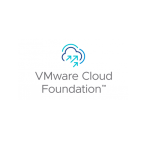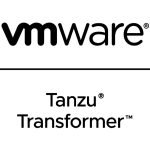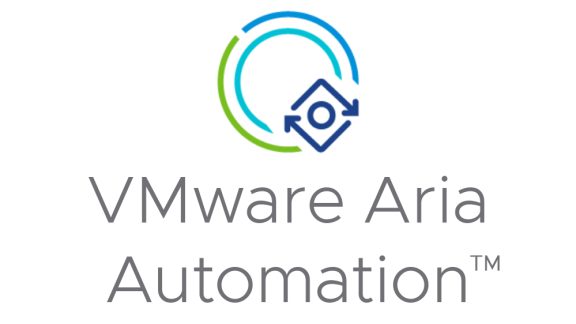 For many, the journey to the cloud has been expensive, particularly if they are investing in their own internal private cloud. The benefits are clear, the Aberdeen Group showed in 2011 that companies would save a total of 12% per application by hosting it in house versus a public cloud. Still, too many companies have found themselves in the unfortunate position of either spending more than they originally planned, or struggling to make sure costs don’t get out of hand.
For many, the journey to the cloud has been expensive, particularly if they are investing in their own internal private cloud. The benefits are clear, the Aberdeen Group showed in 2011 that companies would save a total of 12% per application by hosting it in house versus a public cloud. Still, too many companies have found themselves in the unfortunate position of either spending more than they originally planned, or struggling to make sure costs don’t get out of hand.
These are not companies that are novice to IT, they are sophisticated IT organizations—organizations that ask tough questions and put detailed plans in place. One example, that I know of first hand, was an international bank that spent millions of dollars and six months of professional services time before scrapping their existing cloud project and restarting it with a completely new approach and toolset.
These organizations are being stymied by hidden costs that they did not anticipate. For these companies, the big challenge is making their private cloud fit their IT Infrastructure puzzle. It is possible to keep these investments on track and reap the benefits of cloud computing with decreased costs, faster provisioning times, and improved time to market for your services. The secret is to be aware of areas for hidden costs. I first explored these in my Cloud Expo article: Avoiding the Hidden Costs that Derail Cloud Projects.
These risks include:
- Lengthy and costly service engagements. When evaluating your private cloud solution, be sure to consider what kinds of capabilities the solution provides out-of-the-box and how much time and money will IT need to spend customizing it to fit your business needs. Most cloud automation suites will only automate a portion of your provisioning, ongoing management, or decommissioning processes. These capabilities are important to making sure IT comes out on top of the cloud and can successfully automate your processes, freeing up IT to focus on extending the virtualization infrastructure and service catalog and empower application owners to actually use this infrastructure. Make sure they are extensible, support your business logic, and cover multi-vendor support especially for the applications you will be deploying.
- Scaling to meet the business needs. This is a common trap for all software, you diligently evaluate it and perform a proof-of-concept (POC) test to make sure it meets your needs. However, your POC is small, and when it comes time to hit production, your real life applications scale past the limits of your solution. Be sure your solution is proven to scale, and think through how your processes will work to scale your application. Consider how you will scale down as well. Running empty VMs is costly, so your process needs to be elastic with demand.
- Rip and replace prior technology investments. Ideally, your private cloud solution will fit your current IT landscape. Catalog the other key technologies and processes already used to run your business and make sure they will fit with your new cloud infrastructure. Things like your helpdesk system or approval workflows are important to consider when building out a private cloud. Also, be sure to make sure the operating systems your current systems work on run on your cloud and are supported by the cloud tools.
- Technology lock-in. This is a fear that lies in every good admin’s heart. Will your private cloud leave your options open for the future? Its great that it will support what you are doing today, but will it allow you to evolve? For instance, what if a project comes up that exceeds your current private cloud capacity—can you rely on external clouds for short durations, ensuring you won’t miss business opportunities but also keep everything running through IT? Your goal is to build a cloud that incents your business units to land apps on your cloud so you save that 12%, but also you don’t want to create blind spots where business units go outside IT’s purview and put apps elsewhere. That’s been known to cost organizations up to 30% over their IT budget, and is a goal to be stopped.
- Controlling public cloud costs. Part of this is ensuring that the business has the choices it needs to satisfy their requirements, but part of this is about putting policies in place that control the costs. VMware’s own IT organization plans on saving $6MM this year alone by putting in policy based provisioning and de-provisioning controls as part of their Software Defined Datacenter strategy. Making sure the level of services available are appropriate to the need and that these public cloud assets can be retired as quickly as their useful life is over is important to making sure costs stay in line with the useful benefits.





